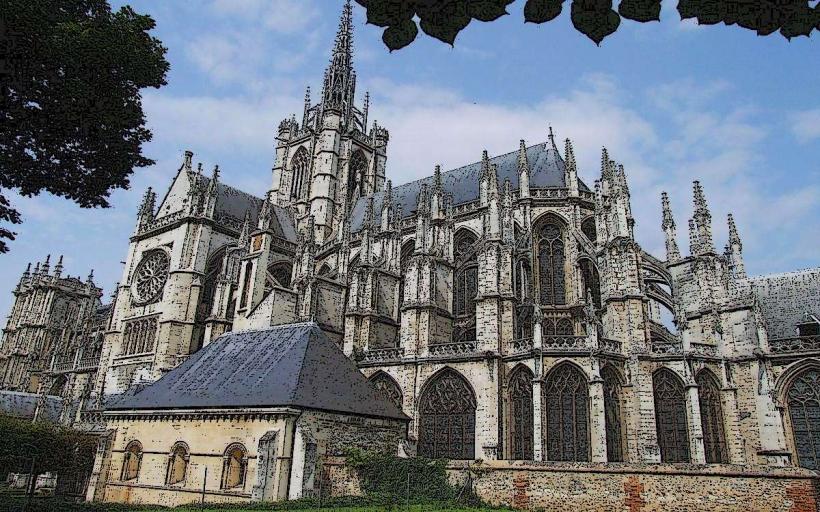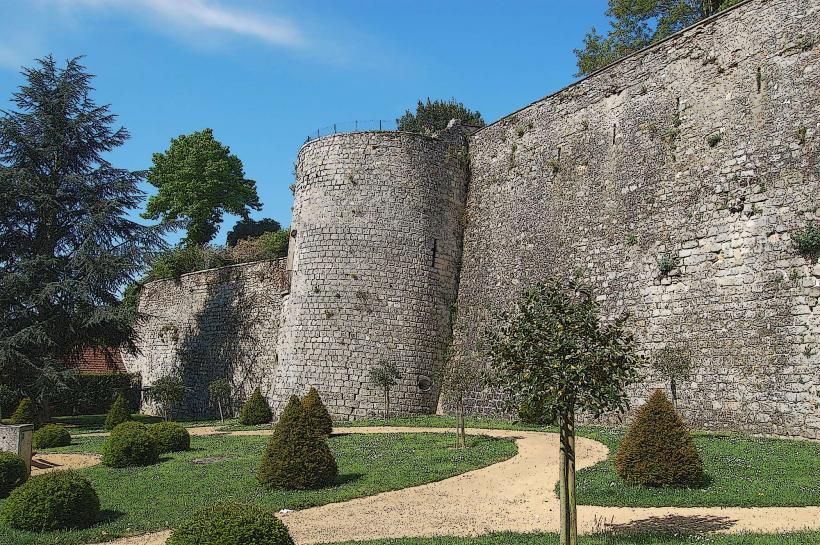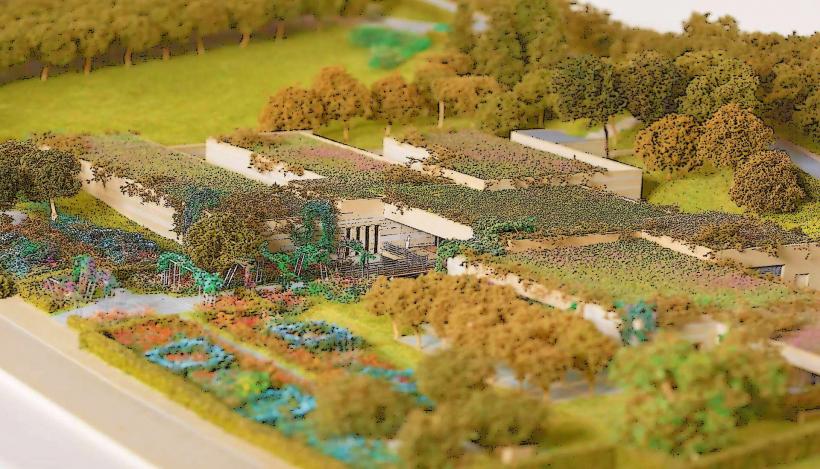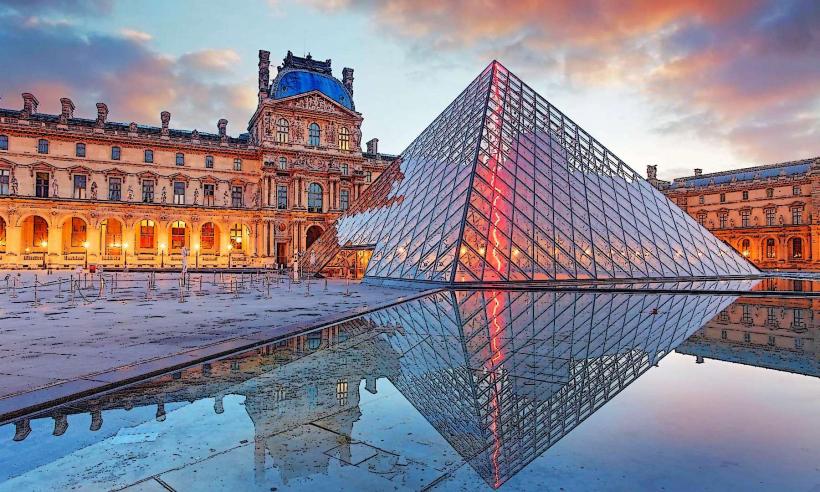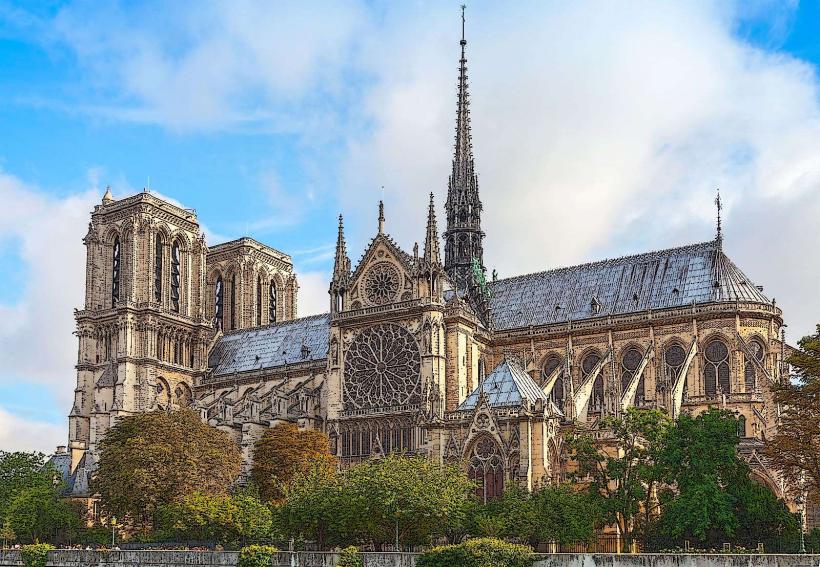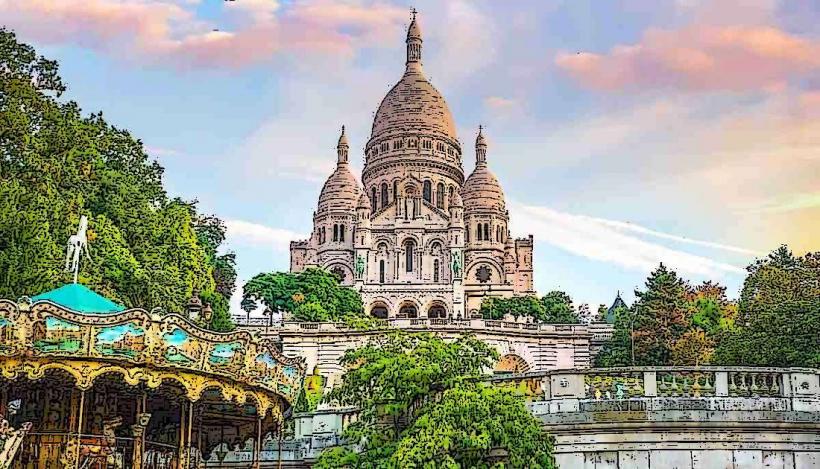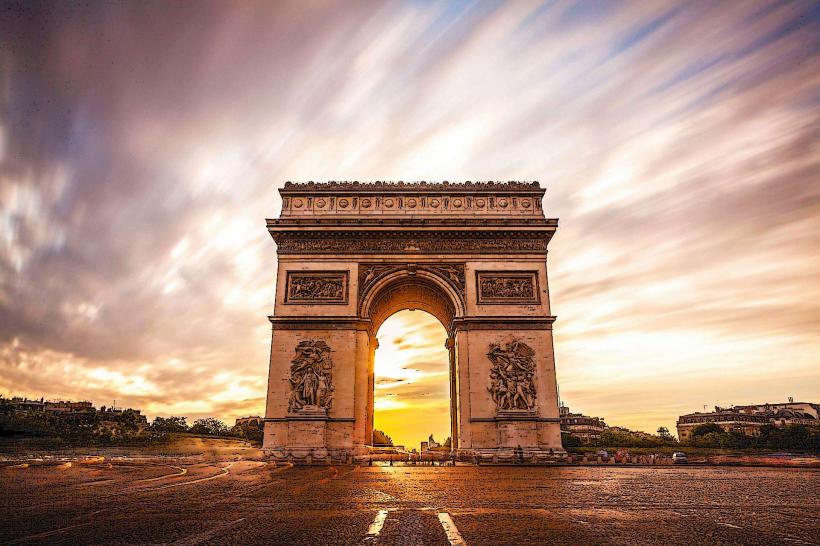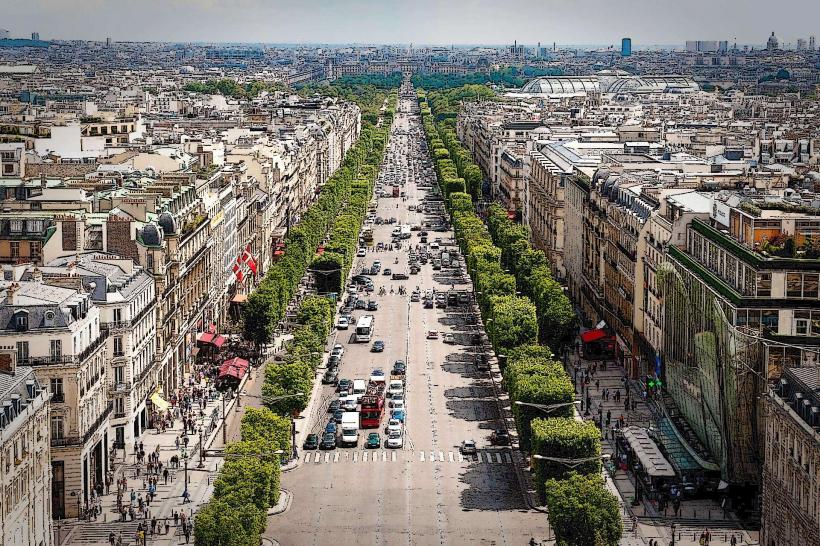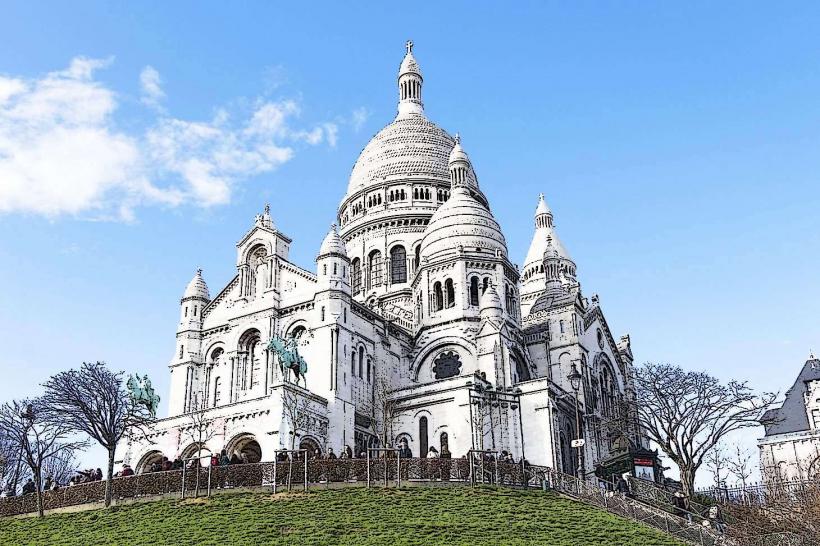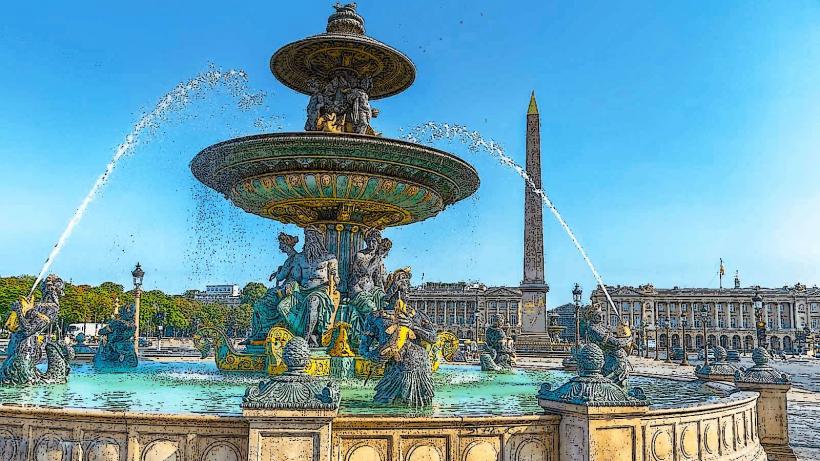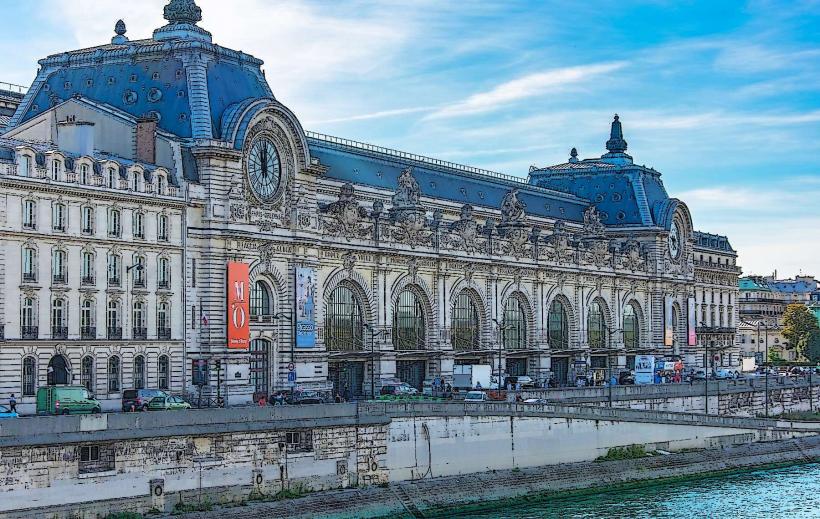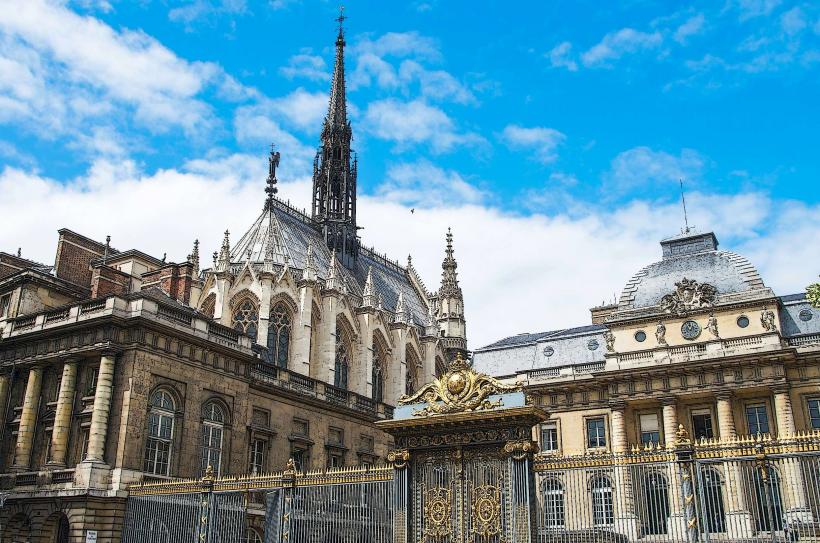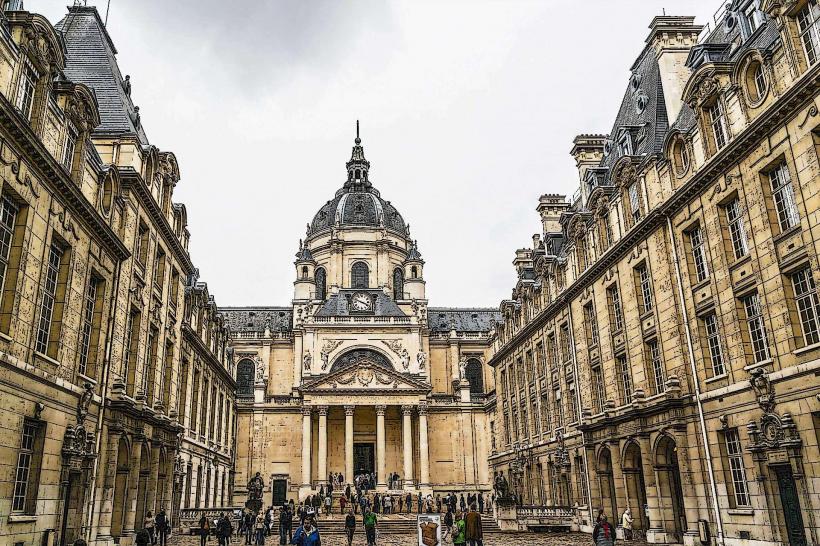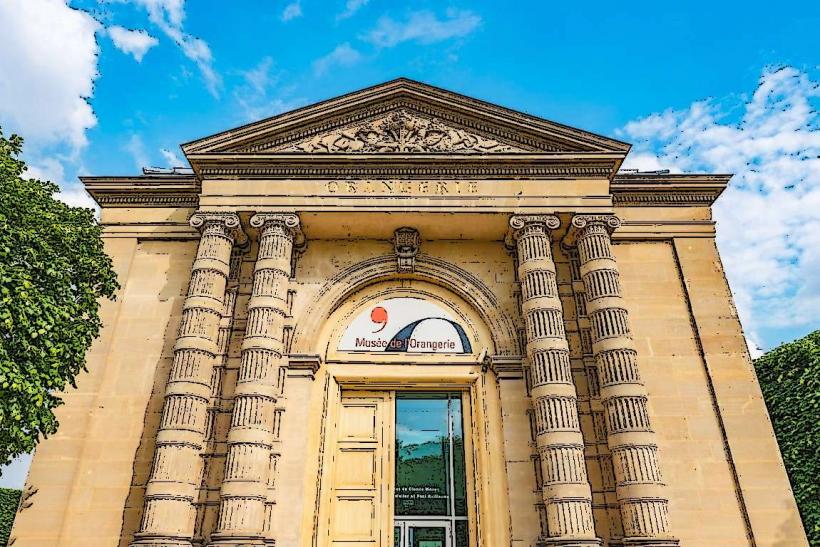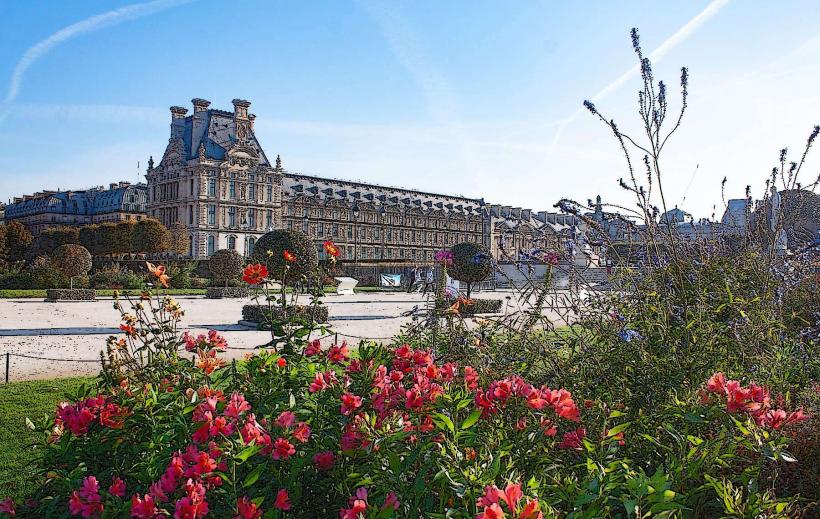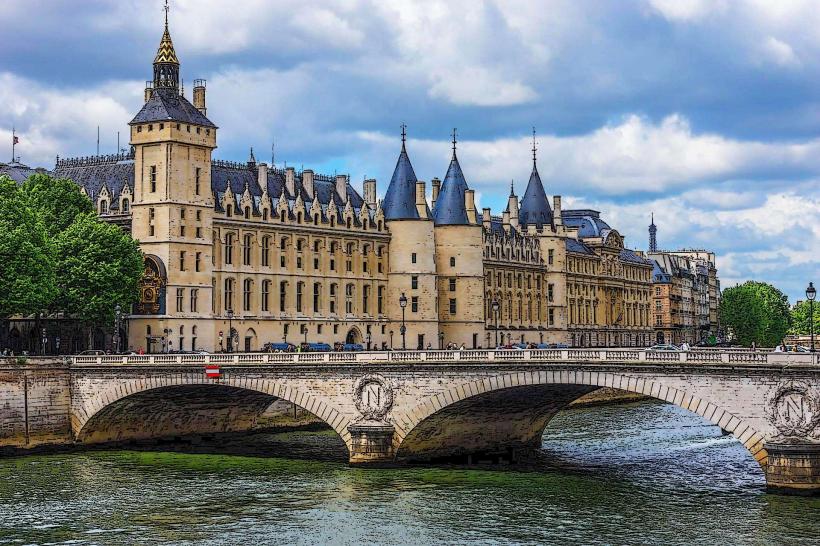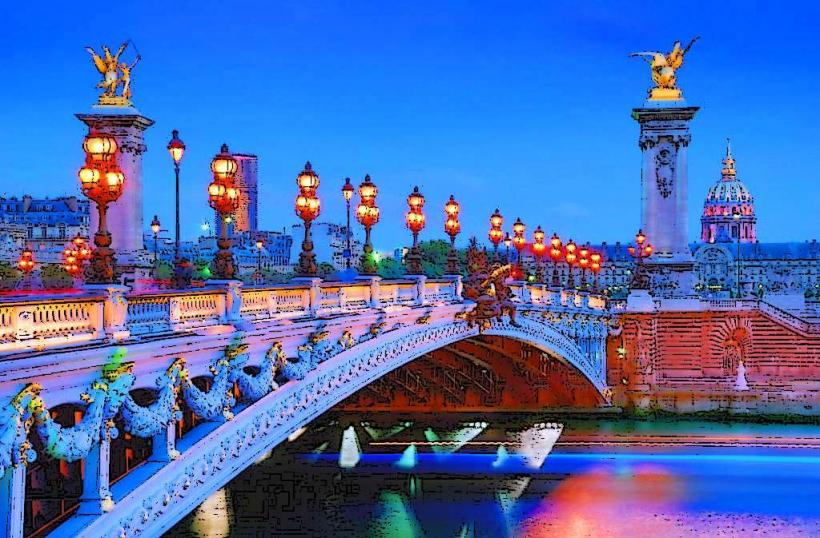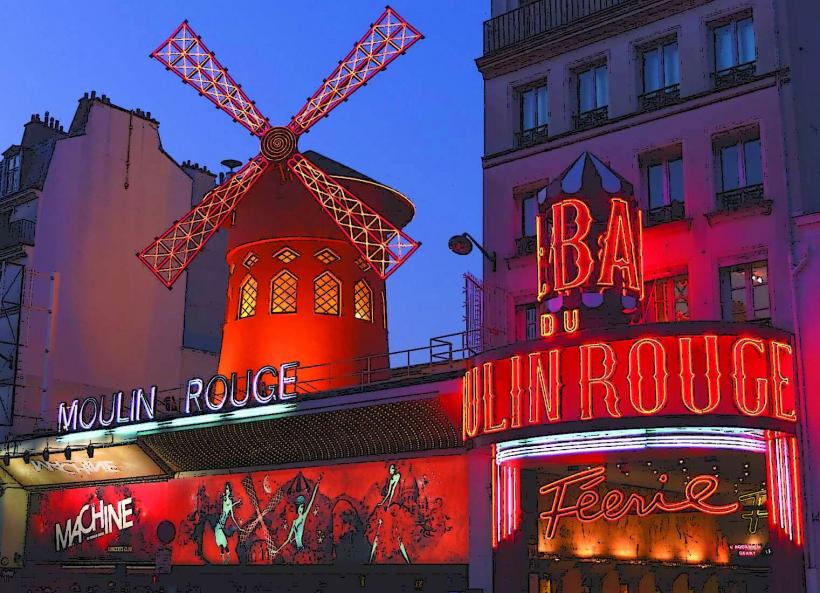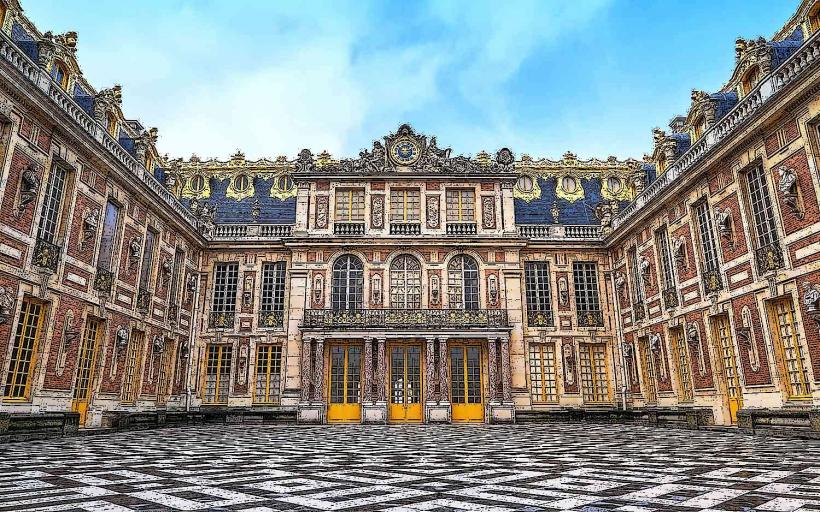Information
Landmark: Luxembourg GardensCity: Paris
Country: France
Continent: Europe
The Luxembourg Gardens (French: Jardin du Luxembourg) are one of the most famous and beloved public parks in Paris, offering a blend of natural beauty, historical landmarks, and cultural significance. Located in the 6th arrondissement, between the Latin Quarter and Saint-Germain-des-Prés, the gardens cover 23 hectares and are a peaceful retreat in the heart of the city.
1. Historical Background
The Luxembourg Gardens were created in 1612 at the behest of Marie de Médicis, the widow of King Henry IV and mother of King Louis XIII. After moving to France from Italy, Marie commissioned the creation of a palace and garden inspired by the Boboli Gardens in Florence, where she had spent her childhood. The Luxembourg Palace was built as her residence, and the gardens were designed by the architect Salomon de Caus.
Over time, the gardens have been expanded and redesigned by various landscape architects, including the famous Jean-Charles Alphand during the Second Empire under Napoleon III, and they have become a public park since the French Revolution.
2. Layout and Design
The Luxembourg Gardens combine formal French garden design with elements of English-style landscaping, offering a variety of spaces for relaxation, cultural exploration, and natural beauty.
- French Formal Gardens: The main garden area near the palace features geometric pathways, symmetrical flower beds, fountains, and neatly trimmed hedges, typical of French formal gardens.
- English Landscape Style: In contrast, the western part of the garden embraces a more relaxed, naturalistic layout, with winding paths, groves of trees, and expansive lawns.
- Allée: The gardens are centered around an allée (a long avenue) that leads up to the Luxembourg Palace, which is surrounded by large manicured lawns and walking paths.
3. The Luxembourg Palace
At the heart of the gardens stands the Luxembourg Palace, originally built for Marie de Médicis. It now houses the French Senate. The palace itself is an elegant Renaissance-style building, featuring ornate architecture and grand facades. While the palace is not open to the public for tours, its exterior is one of the key highlights of the garden.
The Palais du Luxembourg is surrounded by beautiful colonnades and sculptures, making it an impressive and central focal point within the gardens. The interior of the palace, while not accessible to tourists, remains home to the French Senate and is important in the political life of the country.
4. Major Features of the Gardens
- Medici Fountain: One of the most beautiful and romantic spots in the gardens is the Medici Fountain, which was commissioned by Marie de Médicis in 1630. The fountain is set within a grotto-like structure and features a statue of the Greek goddess Persephone as well as vivid green ivy, creating a tranquil and picturesque setting.
- The Grand Basin: The gardens feature several reflecting pools, the most notable being the Grand Basin, where children often sail model boats.
- Sculptures: The gardens are home to over 100 statues, busts, and fountains, many of which are replicas of famous works from classical antiquity, Renaissance figures, and French history.
- The Orangery: In the southern part of the garden, the Orangerie is a beautiful winter garden that houses a collection of citrus trees and serves as a cultural venue for exhibitions.
- The Rose Garden: Situated near the Palais du Luxembourg, the Rose Garden is a lovely spot with more than 180 varieties of roses, blooming from spring to summer.
5. Activities and Attractions
The Luxembourg Gardens are not just a historical site but also an active space for the public to enjoy various activities:
- Puppet Shows: The Luxembourg Gardens often hosts outdoor puppet shows in the open-air theatre for children.
- Pond Sailing: Children can rent small wooden boats and sail them on the Grand Basin, a favorite pastime for families.
- Tennis Courts and Playground: There are several tennis courts and children’s playgrounds scattered around the gardens, making it a great place for outdoor sports.
- Outdoor Fitness: Many Parisians take advantage of the garden’s paths for jogging, walking, and other outdoor exercises.
- Cultural Events: The gardens occasionally host classical music concerts, exhibitions, and various cultural events, adding to their dynamic nature.
6. The Luxembourg Gardens Today
Today, the Luxembourg Gardens are one of Paris’s most visited and cherished public spaces, attracting both locals and tourists alike. The gardens are open year-round and are free to access, though there are some specific areas that charge admission (such as the museum and the Sénat gardens).
The gardens are a place of relaxation, cultural exploration, and leisure, offering an ideal escape from the hustle and bustle of the city. Visitors can enjoy a peaceful stroll, relax by the fountains, or sit under the shade of the chestnut trees, reflecting the timeless charm of this Parisian oasis.
7. Key Attractions Within the Gardens
- La Fontaine de l'Observatoire: A monumental fountain located near the entrance, depicting the personifications of the four seasons.
- The Luxembourg Museum: Housed within the gardens, this museum hosts contemporary art exhibitions and cultural events.
- The Palace of the Senate: As the seat of the French Senate, the Luxembourg Palace is an architectural marvel that can be admired from the outside.
8. A Place of Political Significance
The Luxembourg Gardens, due to their proximity to the Luxembourg Palace (home to the French Senate), also hold political significance. Visitors often see senators and politicians walking through the gardens, adding a unique blend of cultural and political life to the space.
9. Conclusion
The Luxembourg Gardens represent the harmony of history, nature, art, and leisure, offering something for every visitor. From its formal French gardens to the relaxed, scenic beauty of its English-style park, the Luxembourg Gardens are a must-visit for anyone looking to experience one of Paris’s most iconic green spaces. Whether you’re strolling past fountains, enjoying an outdoor concert, or simply relaxing in a peaceful corner, the gardens provide an unforgettable Parisian experience.

